What is the Difference Between All the Rolling Paper Materials and Why You Should Care

Several different types of rolling papers are available to fill the cannabis smoker's needs. You can choose between wood pulp, rice, hemp, and other papers. They all differ based on flavor, rolling skills, burning speed, and other factors. In this article, we’ll explain the difference between all the rolling paper materials and why you should care.
Good quality rolling paper is naturally made using materials that can enhance your entire smoking experience. Keep in mind, even the best paper cannot substitute for the skill necessary for a well-rolled joint. And, smoking joints is still the most popular way to enjoy the benefits of cannabis.
Traditional rolling papers are made of wood pulp. However, papers that are more health-conscious have been introduced over the last 20 years. To satisfy customer demand, rolling papers made of rice, hemp, and even translucent cellulose are now readily available.
All of these rolling papers have their own unique characteristics, including thickness, taste, color, and smoking speed, so it largely comes down to personal preference.
White or Brown
Rolling paper has a different porosity to control the burn rate and ventilation. The paper can contain other substances that stabilize the paper, smoke, and ash, as well as slow down the burn. White rolling papers typically contain chemicals to help slow down the burning rate. Flavored and colored rolling papers often contain unnecessary chemical or even natural substances. Today many papers are made without chemicals to reduce the aftertaste and prevent possible harm.
Wood Pulp Paper
Of course, classic wood pulp rolling papers are the most popular because they have been around the longest. Their texture makes them easy to handle and they hold their shape well, which is convenient for beginners. Wood pulp papers are usually thicker than the newer types, regardless of whether they are available in different thicknesses. White wood pulp papers are bleached, while brown ones are unbleached. Wood pulp papers have a medium burn rate.
Rice Paper
The best rice papers are all-natural and contain only processed and pressed rice. Rice papers are typically thinner than the other types. This may require more skill when rolling, but the little material reduces the aftertaste and is better for your health. The smooth texture makes it harder to grip well between your fingers and is vulnerable to humidity as well (forget about smoking if it’s raining outside). Rice paper burns slowly.
Hemp Paper
Happily, industrial hemp rolling papers came back about 20 years ago. They are usually light brown because the bleaching process is less in favor these days. Hemp papers are rougher and thicker than rice papers, making them easier to get a good grip when rolling. But, they have a similar tendency to absorb humidity. They have a medium burn rate and go out less often than rice papers. Hemp papers may have a slight aftertaste, but that won't spoil the aroma.
Takeaway
Sure, you can get novelty papers in crazy colors and flavors made from cellulose, but a better goal would be to gradually learn how to roll joints with the thinnest paper available; the thinnest paper weighs around 10g/m². This will limit the number of harmful substances you inhale and help avoid spoiling the flavor of your cannabis. Have fun and experiment with wider or longer rolling papers, and try your hand at rolling rice or hemp papers for a change.


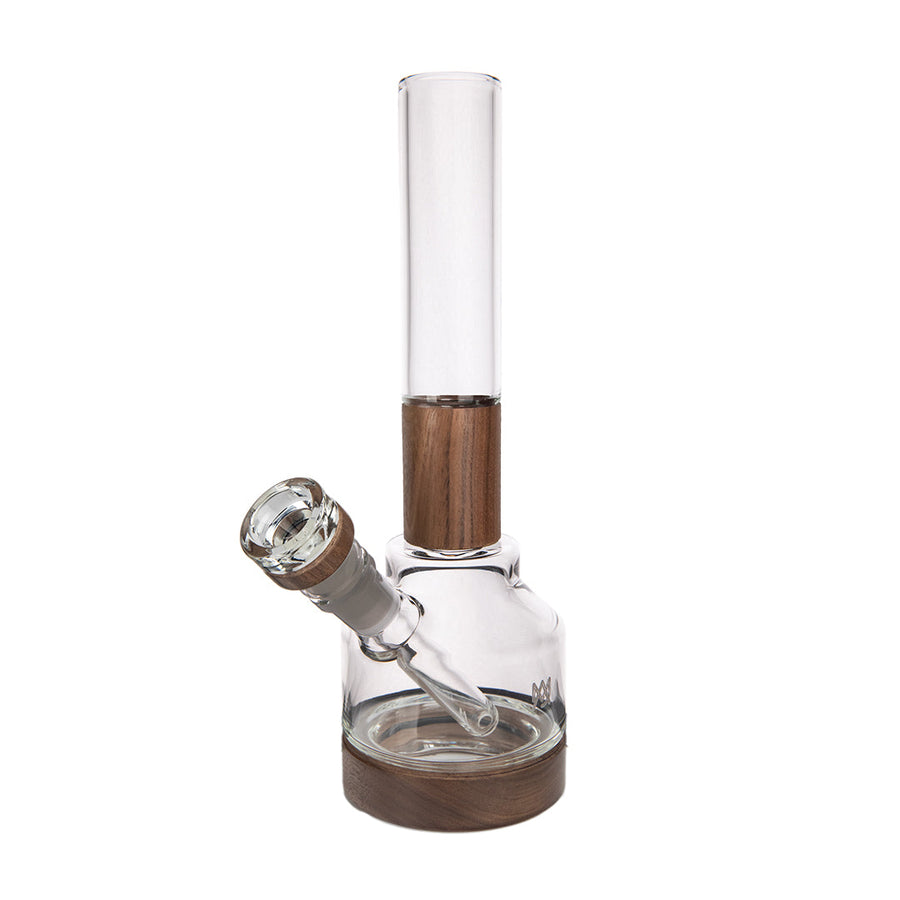
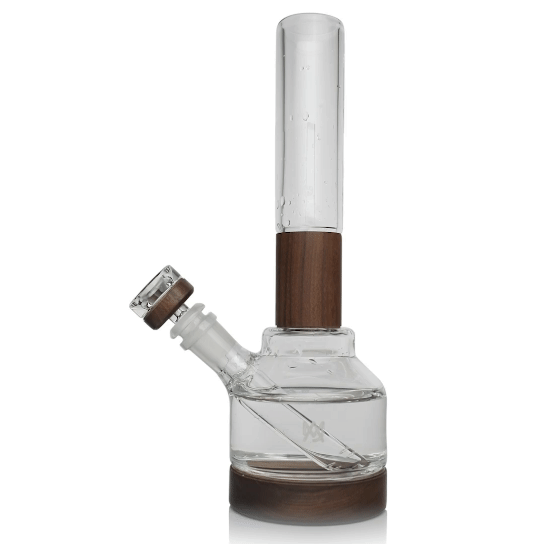


![Vessel Helix Pipe [Copper] - Headshop.com](http://www.headshop.com/cdn/shop/files/ad3c0443-b76d-4fe5-84b8-a617dd50a950.jpg?v=1747419387&width=900)
![Vessel Helix Pipe [Copper] - Headshop.com](http://www.headshop.com/cdn/shop/files/7b0e06e3-9106-4684-80e4-408362c34085.jpg?v=1747419388&width=1000)
![Vessel Wood Vape Pen Battery [White/Beechwood] + - Headshop.com](http://www.headshop.com/cdn/shop/files/4ecd5d0f-363a-454e-a7a0-229fb93bf456.jpg?v=1725470645&width=900)
![Vessel Wood Vape Pen Battery [White/Beechwood] + - Headshop.com](http://www.headshop.com/cdn/shop/files/d232e493-09e6-4574-b44c-3e2bde9425b4.jpg?v=1725470647&width=1000)
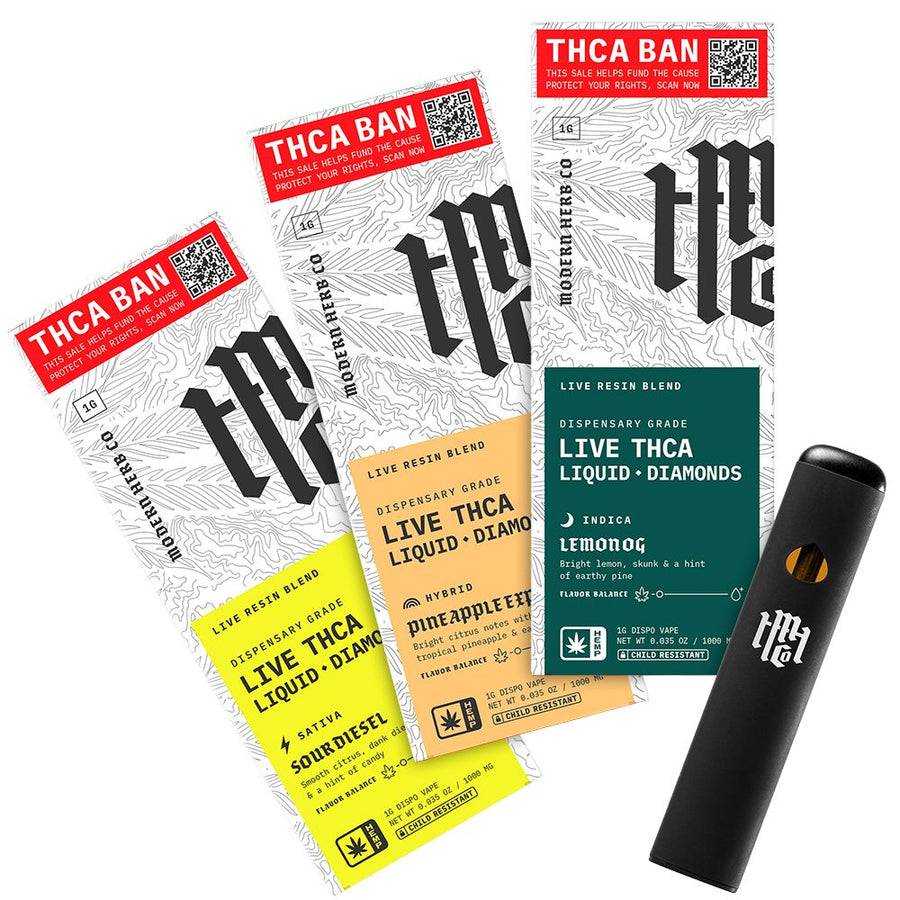
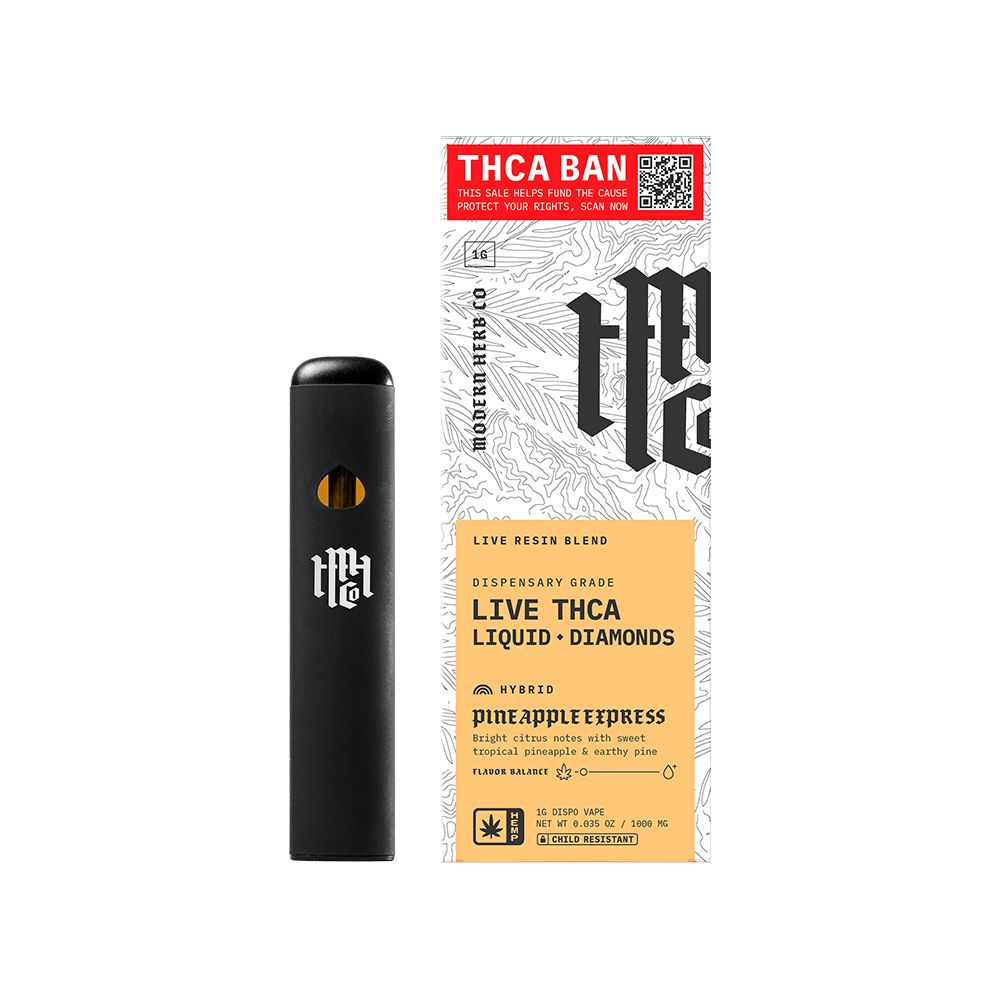
![Vessel Compass Apex Charger [Black] - Headshop.com](http://www.headshop.com/cdn/shop/files/f10e6bf4-6ce7-4a59-a50e-a4184f069754.jpg?v=1729115238&width=900)
![Vessel Compass Apex Charger [Black] - Headshop.com](http://www.headshop.com/cdn/shop/files/dce98c70-346c-405f-aca8-d59c7feed96d.jpg?v=1729115240&width=1000)
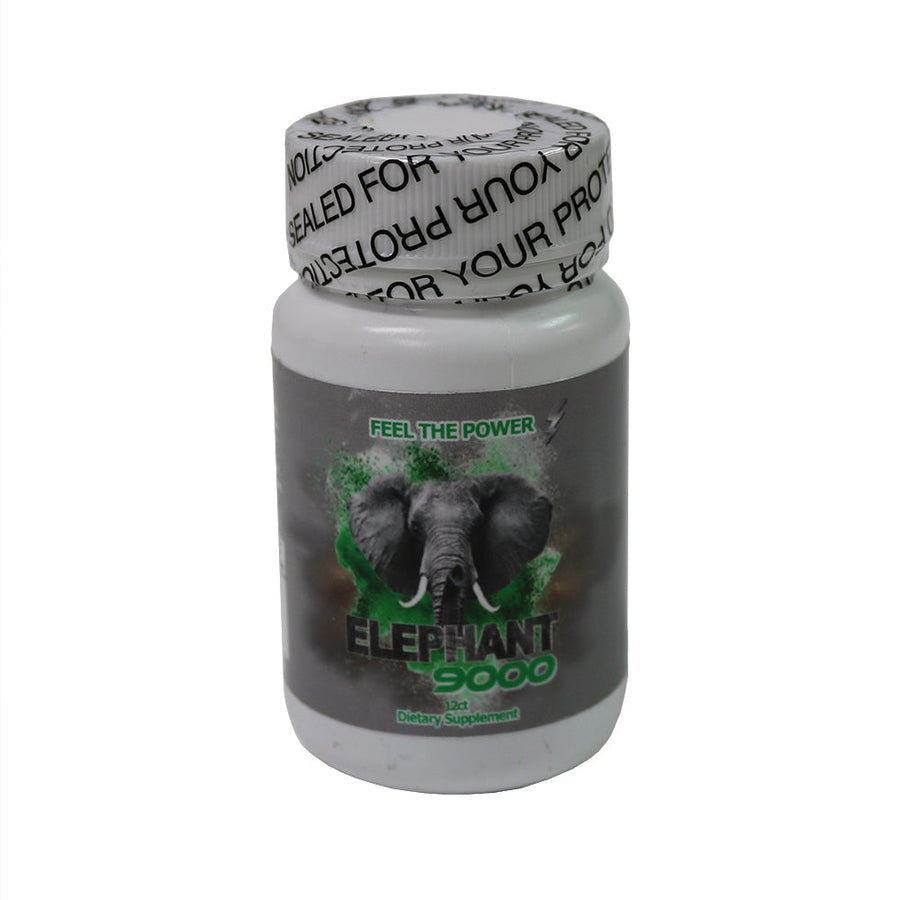
![Vessel Helix Pipe [Black] - Headshop.com](http://www.headshop.com/cdn/shop/files/Pipe_Black_Angle.jpg?v=1744306153&width=900)
![Vessel Helix Pipe [Black] - Headshop.com](http://www.headshop.com/cdn/shop/files/Pipe_Black_Closed.jpg?v=1744306155&width=1000)
![Vessel Compass Rise Vape Bar [Crimson] - Headshop.com](http://www.headshop.com/cdn/shop/files/fc3fd52a-2783-4fac-bd38-bc4f2013a889_5466b32d-da71-427f-8737-bf7d7f5f2c77.jpg?v=1735253136&width=900)
![Vessel Compass Rise Vape Bar [Crimson] - Headshop.com](http://www.headshop.com/cdn/shop/files/66947a99-195c-4deb-b29e-03443ebebd5a_32c35e3d-ba1b-4d4d-a879-3886d37bddf7.jpg?v=1735253136&width=1000)
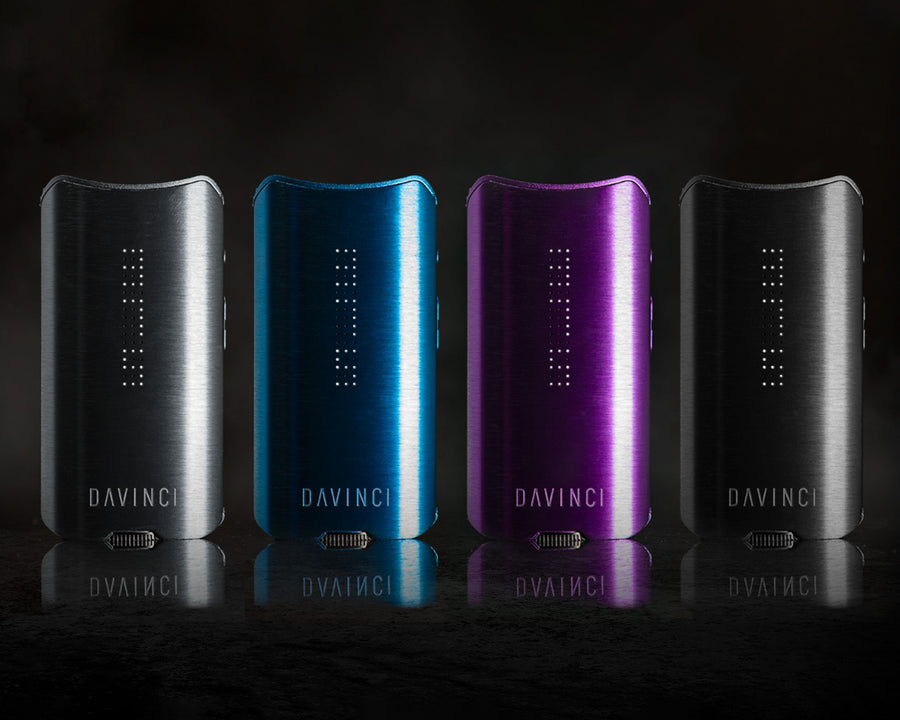
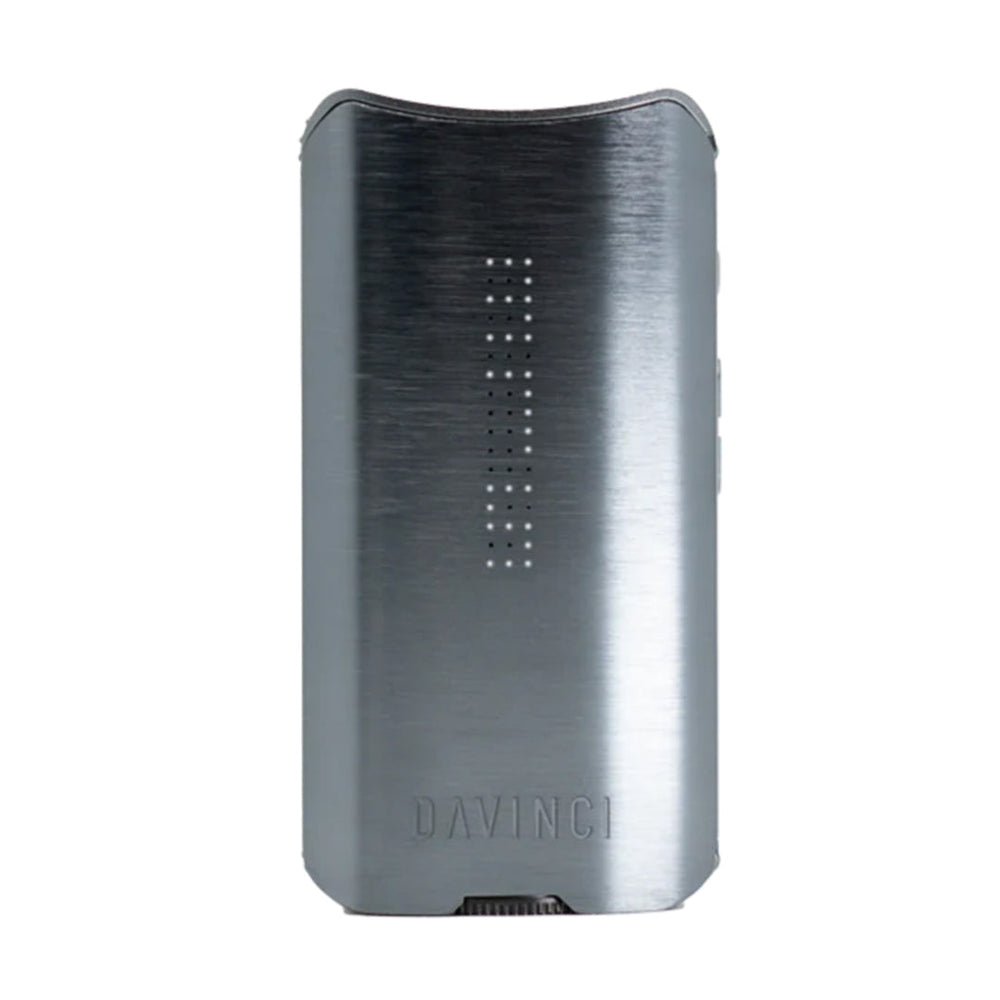
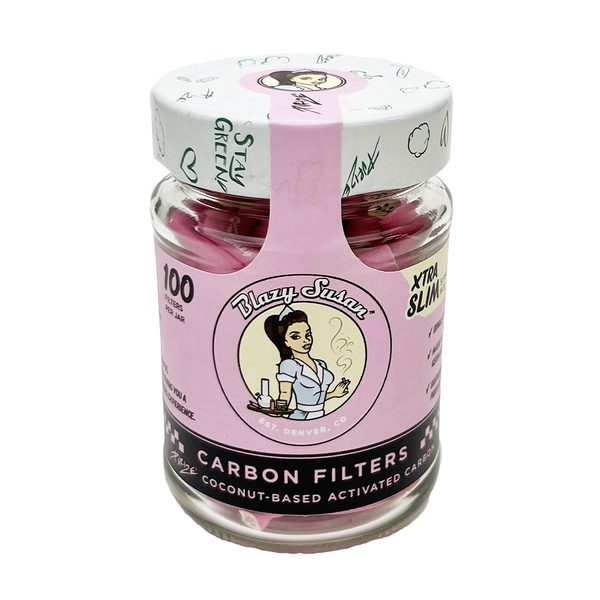
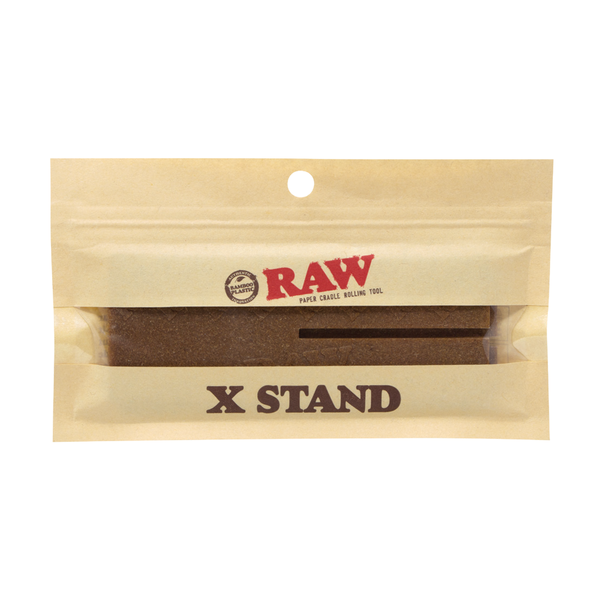
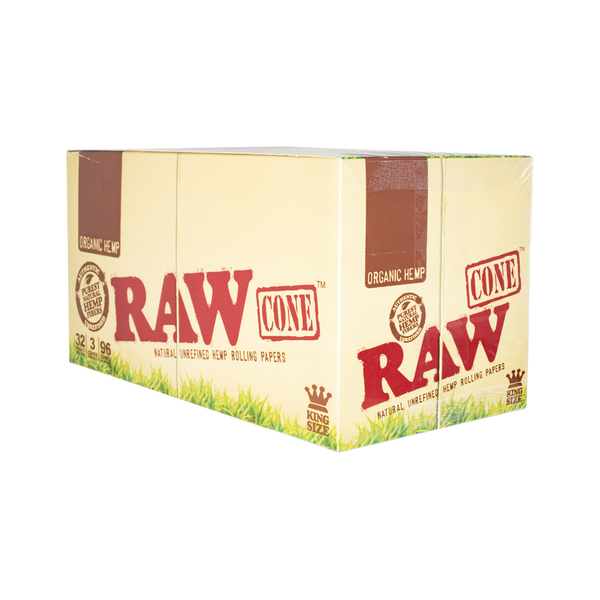
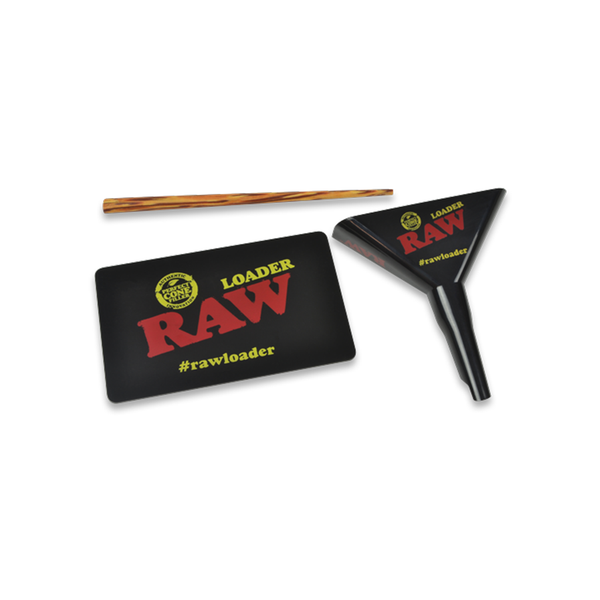

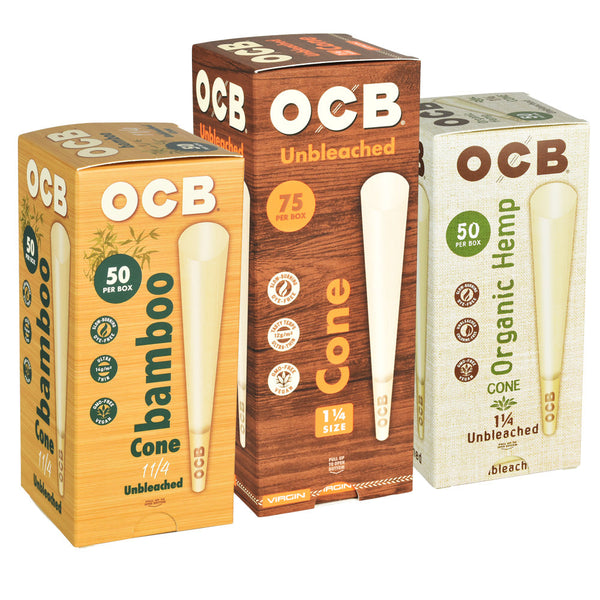








![Pipe by Vessel [Gunmetal]](https://cdn.shopify.com/s/files/1/0585/8462/9443/files/Pipe_Gunmetal_Angle_500x500.jpg?v=1744306453)







